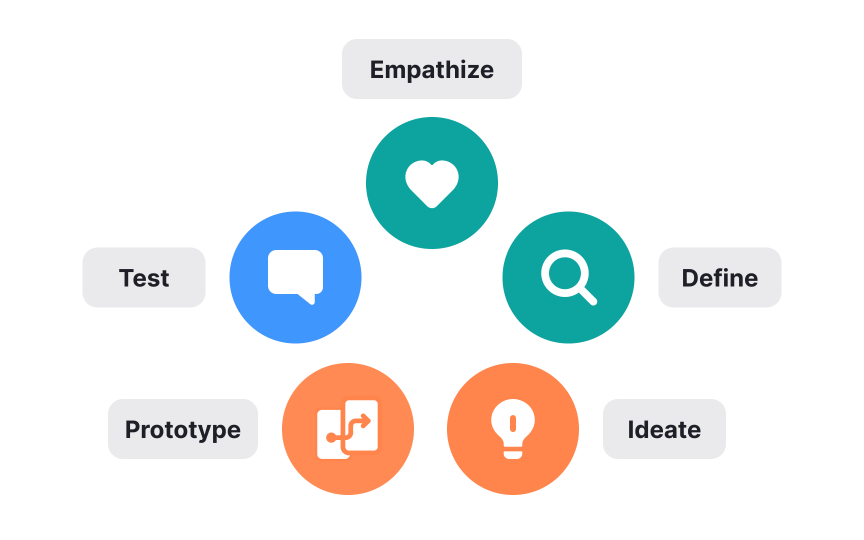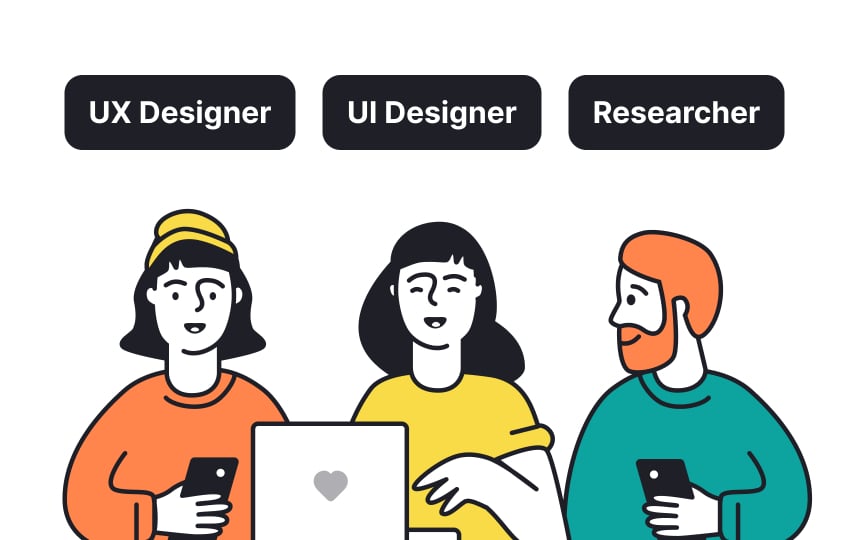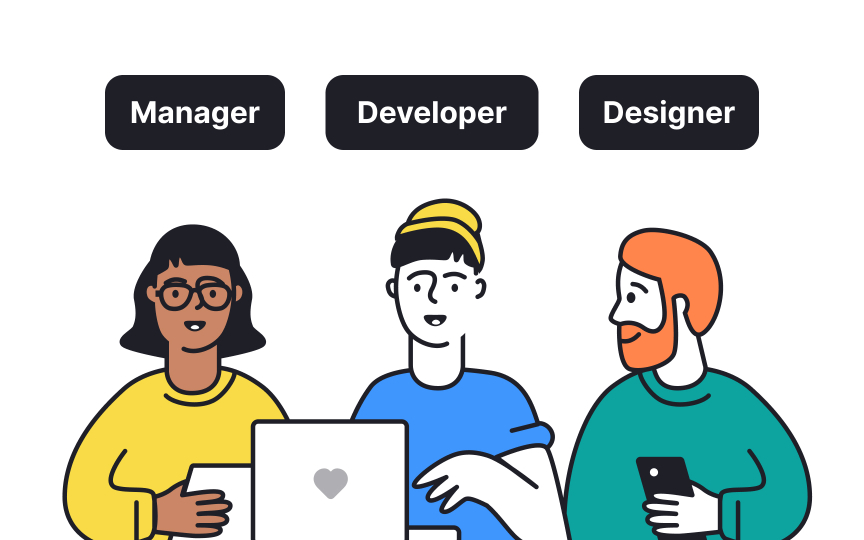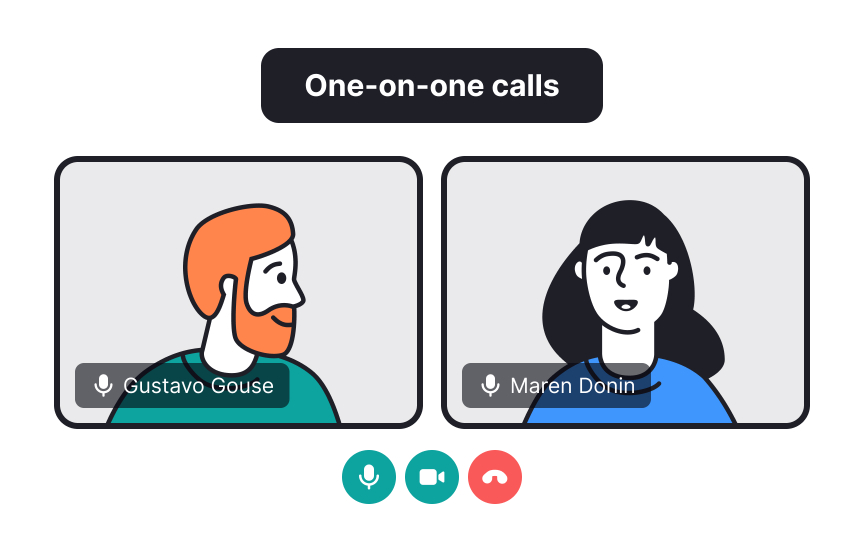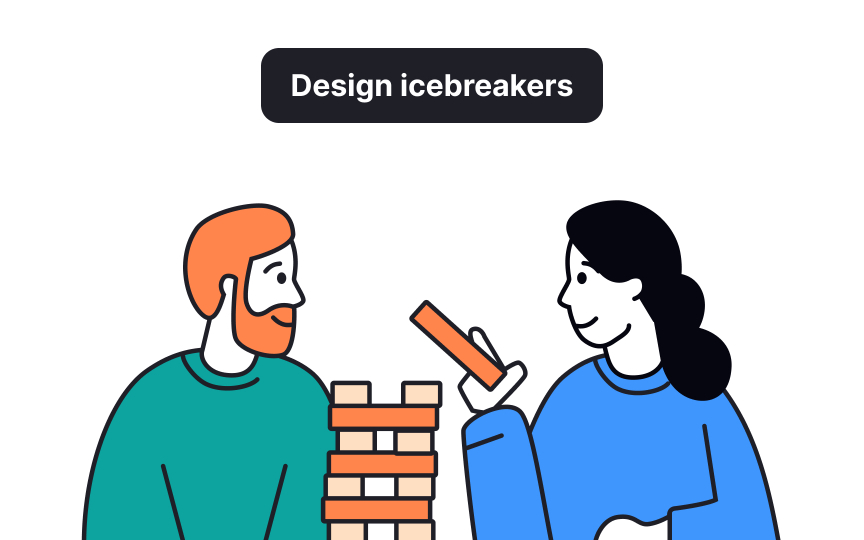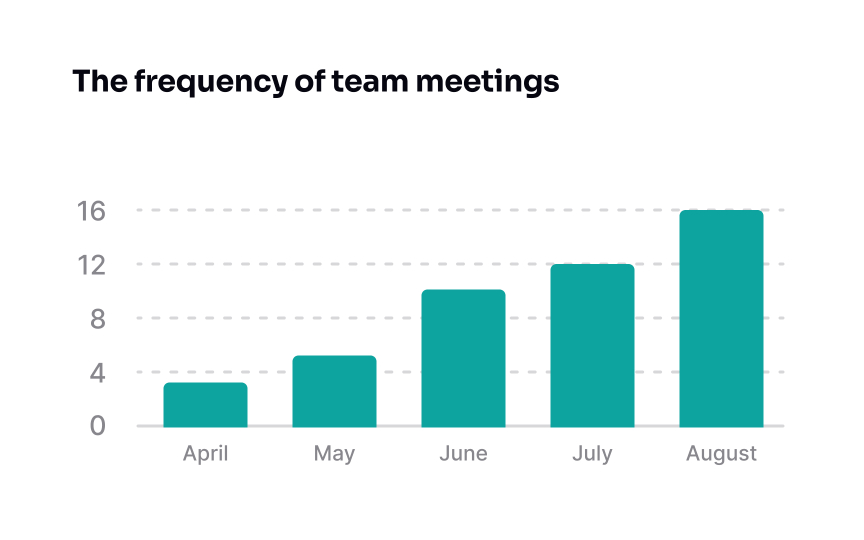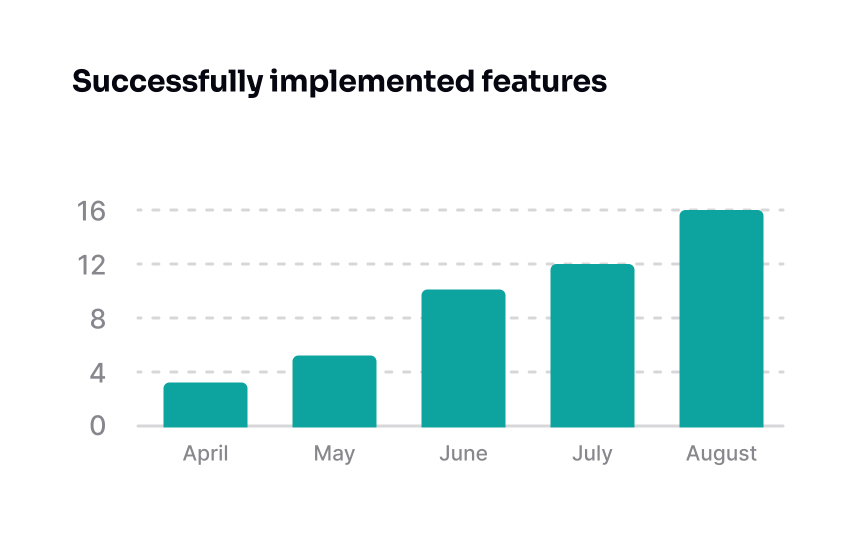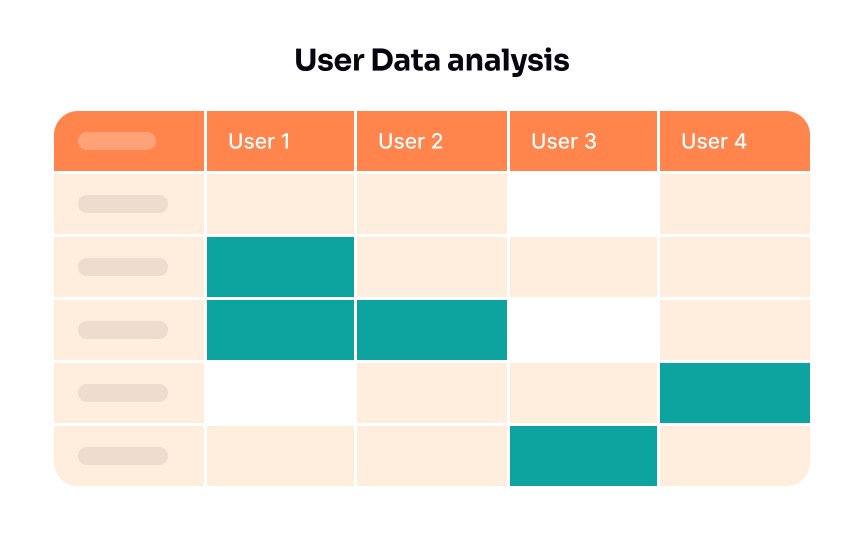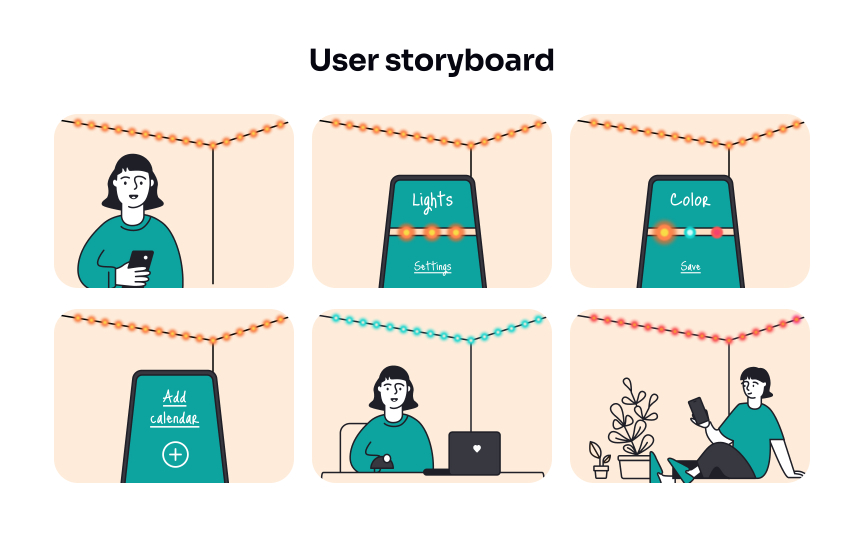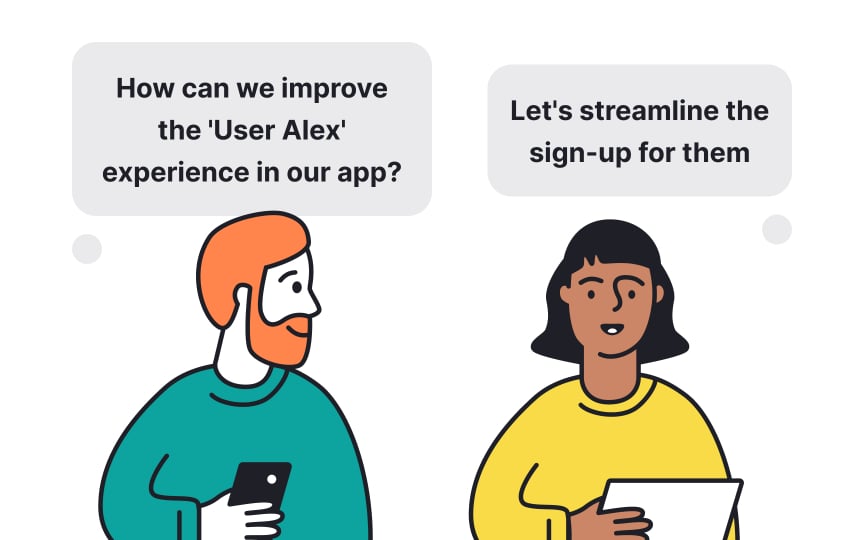How to Introduce Design Thinking in Your Team
Learn how to effectively introduce the design thinking approach to a team for outstanding results
Introducing design thinking to a team is a nuanced journey, not a quick fix. As more organizations acknowledge the value of this approach, the challenge becomes integrating it effectively into a new environment. Design thinking isn't just about adopting new tools or processes; it's about a fundamental shift in mindset and collaborative work culture.
This evolution requires time, as team members need to not only understand the principles of design thinking but also learn how to apply them in their daily tasks. It's a gradual process of embracing a new way of thinking, experimenting, and learning, rather than a sudden change that can be implemented overnight.
Introducing
- Educate. Start by educating your team on the 5 phases of design thinking, emphasizing the importance of each step.
- Practice. Initiate small-scale experiments that focus on data collection, rapid testing, and quick iteration. These activities help in skill development and foster a design-centric approach. Consider setting aside regular sessions for these practices, integrating them into your team's routine. Begin with a specific project or a smaller business area, and gradually expand as your team grows more adept.
Remember, embedding design thinking into your company’s culture takes time and consistent effort. It’s about building a foundation and then expanding, ensuring that your team not only understands the concept but also effectively applies it in everyday tasks.
In the early stages, avoid applying the entire process from start to finish for every problem. Instead, adapt the approach to fit your specific challenge. You might find that starting with testing sparks new ideas, or that jumping into ideation before fully defining the problem works best.
The key is to use design thinking in a way that's most effective for your situation. This flexible approach encourages creativity and innovation, allowing your team to explore solutions from different angles and at various stages.[1]
This diversity is not just about gathering different opinions; it’s about harnessing these unique insights for better problem-solving. Each participant brings their own expertise and understanding, leading to more well-rounded and creative solutions. By creating these cross-functional teams, you tap into a wider range of ideas and approaches, which is essential for the success of design thinking. In this collaborative environment, the collective knowledge and varied viewpoints become your key strengths.
Incorporating
To enhance collaboration, consider these strategies:
- Tailored icebreakers: Design icebreakers that align with your team's specific needs. For new teams, focus on activities that build trust and connections. For new projects, use icebreakers that encourage creative thinking and problem-solving.
- Regular check-ins: Implement frequent check-ins to ensure everyone feels heard and to maintain alignment on goals.
- Transparent communication: Promote an environment where feedback is welcomed and constructive.
When introducing
- Tracking the number of projects that successfully integrate design thinking principles. This quantitative measure provides a clear view of the approach's adoption rate.
- Assessing the qualitative impact on your team is also vital. Conduct surveys to gauge employee satisfaction and understand the effects of design thinking on their work and creativity.
Setting these benchmarks helps not only in monitoring progress but also in refining your approach. Regularly review these metrics to adjust strategies and continuously improve the integration of design thinking within your team.
Introducing
- Co-creating a story: This involves the team collaboratively building a narrative, with each member contributing one part at a time. It encourages imaginative thinking and collective creativity, as each member infuses their unique perspective into the evolving story.
- Visual telephone: In this game, a picture is drawn based on a written description. Then, the next person writes a description of that picture, and the process continues. This activity sparks creativity and demonstrates the evolution of ideas and varying interpretations, underscoring the importance of clear communication.
These exercises do more than offer fun; they relax the team and promote a free flow of ideas, essential for fostering a creative and collaborative environment.
In
- Visualization: Artifacts turn complex ideas into visual forms, making them easier to understand and reducing misinterpretations. This is particularly helpful for abstract concepts.
- Shared reference: These physical creations become a 'dictionary' for the team's language. They help in ensuring everyone is in sync, guaranteeing consistency in understanding and approach.
- Team cohesion: Creating and referring to these artifacts unites the team. Each created piece is a shared victory, reinforcing the team's collective strength and commitment.[2]
Tangible artifacts in design thinking are catalysts for clarity, unity, and effective collaboration.
Similar lessons

What is UX Design?

Common Design Concepts


